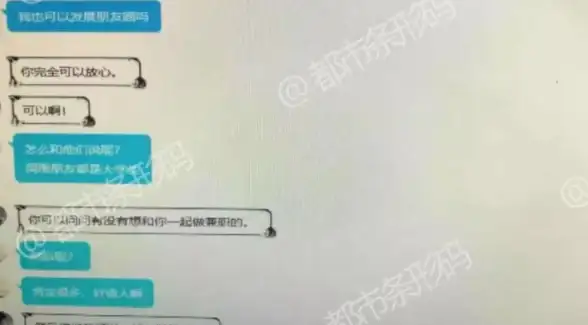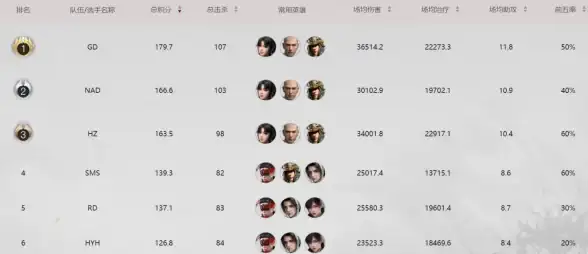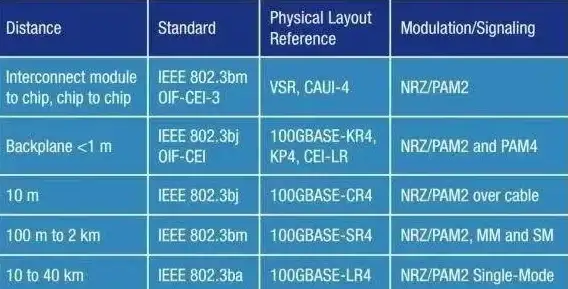组件通信 数据同步 vue父子组件双向绑定实现与原理解析
- 问答
- 2025-07-31 13:30:03
- 2
组件通信 | 数据同步 | Vue父子组件双向绑定实现与原理解析
2025年7月最新动态:随着Vue 3.4的稳定版发布,组合式API已成为Vue开发的主流选择,父子组件通信方式也出现了一些最佳实践的变化,本文将带你深入理解Vue组件通信的核心机制。
Vue组件通信基础
在Vue项目中,组件之间的数据流动是构建复杂应用的关键,父子组件通信是最常见也最基础的场景,理解它的原理能帮你写出更优雅的代码。
父传子:Props基础用法
父组件向子组件传递数据最直接的方式就是使用props:
// 父组件
<template>
<ChildComponent :message="parentMessage" />
</template>
<script setup>
import { ref } from 'vue'
import ChildComponent from './ChildComponent.vue'
const parentMessage = ref('Hello from parent')
</script>
// 子组件
<template>
<div>{{ message }}</div>
</template>
<script setup>
defineProps({
message: String
})
</script>
这里有几个关键点:
- 父组件通过v-bind(简写为:)传递数据
- 子组件使用defineProps接收
- props是单向数据流,子组件不应该直接修改
子传父:自定义事件
当子组件需要向父组件通信时,可以使用自定义事件:
// 子组件
<template>
<button @click="notifyParent">通知父组件</button>
</template>
<script setup>
const emit = defineEmits(['child-event'])
function notifyParent() {
emit('child-event', '子组件的数据')
}
</script>
// 父组件
<template>
<ChildComponent @child-event="handleChildEvent" />
</template>
<script setup>
function handleChildEvent(data) {
console.log('收到子组件数据:', data)
}
</script>
双向数据绑定实现
虽然Vue推崇单向数据流,但实际开发中确实存在需要父子组件双向绑定的场景,以下是几种常见实现方式:

v-model语法糖
Vue为表单元素和组件提供了v-model这一语法糖:
// 原生input的双向绑定 <input v-model="message"> // 等价于 <input :value="message" @input="message = $event.target.value" >
在自定义组件上使用v-model:
// 子组件
<template>
<input
:value="modelValue"
@input="$emit('update:modelValue', $event.target.value)"
>
</template>
<script setup>
defineProps(['modelValue'])
defineEmits(['update:modelValue'])
</script>
// 父组件
<template>
<CustomInput v-model="inputValue" />
</template>
多个v-model绑定
Vue 3支持多个v-model绑定:
// 子组件
<template>
<input
:value="firstName"
@input="$emit('update:firstName', $event.target.value)"
>
<input
:value="lastName"
@input="$emit('update:lastName', $event.target.value)"
>
</template>
<script setup>
defineProps(['firstName', 'lastName'])
defineEmits(['update:firstName', 'update:lastName'])
</script>
// 父组件
<template>
<NameComponent
v-model:firstName="first"
v-model:lastName="last"
/>
</template>
使用computed实现高级双向绑定
对于需要复杂处理的场景,可以使用计算属性:
// 子组件
<template>
<input v-model="internalValue">
</template>
<script setup>
import { computed } from 'vue'
const props = defineProps(['modelValue'])
const emit = defineEmits(['update:modelValue'])
const internalValue = computed({
get() {
return props.modelValue
},
set(value) {
emit('update:modelValue', value.toUpperCase()) // 添加转换逻辑
}
})
</script>
原理深入解析
v-model的实现原理
v-model本质上是一个语法糖,它的工作流程可以分解为:

- 父组件将数据通过prop传递给子组件
- 子组件在数据变化时通过emit事件通知父组件
- 父组件监听事件并更新数据
在编译阶段,Vue会将v-model转换为prop和事件监听的组合形式。
响应式系统如何工作
Vue的响应式系统基于Proxy(Vue 3)或Object.defineProperty(Vue 2)实现:
- 当组件实例创建时,Vue会递归地将data对象的所有属性转换为getter/setter
- 当数据被访问时(getter),会进行依赖收集
- 当数据被修改时(setter),会通知所有依赖的组件更新
单向数据流的优势
Vue强制props单向流动的设计有诸多好处:
- 数据流更清晰,易于调试
- 避免子组件意外修改父组件状态
- 组件之间耦合度降低
实战技巧与最佳实践
大型项目中的组件通信
对于复杂组件关系,可以考虑:
- 使用provide/inject跨层级通信
- 合理使用状态管理工具(如Pinia)
- 将共享逻辑提取为组合式函数
性能优化建议
- 避免在v-model中使用复杂对象,尽量扁平化
- 对大列表使用v-memo优化
- 合理使用shallowRef/shallowReactive减少不必要的响应式开销
常见问题解决
问题1:子组件修改prop导致警告 解决:正确的做法是emit事件让父组件修改,或者使用v-model

问题2:深层嵌套对象更新不触发响应 解决:确保使用响应式API创建对象,或手动调用triggerRef
问题3:多个组件需要同步状态 解决:考虑提升状态到共同祖先,或使用状态管理
Vue的组件通信机制提供了灵活而强大的数据流动控制,理解props向下、events向上的基本模式,掌握v-model的实现原理,能帮助你在项目中构建更健壮的组件架构,随着Vue 3的普及,组合式API让这些模式变得更加清晰和易于维护,没有最好的通信方式,只有最适合当前场景的方案。
本文由 盍苑 于2025-07-31发表在【云服务器提供商】,文中图片由(盍苑)上传,本平台仅提供信息存储服务;作者观点、意见不代表本站立场,如有侵权,请联系我们删除;若有图片侵权,请您准备原始证明材料和公证书后联系我方删除!
本文链接:https://vps.7tqx.com/wenda/494809.html









发表评论